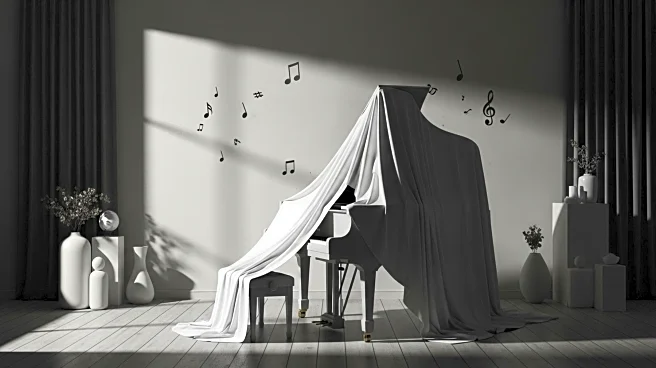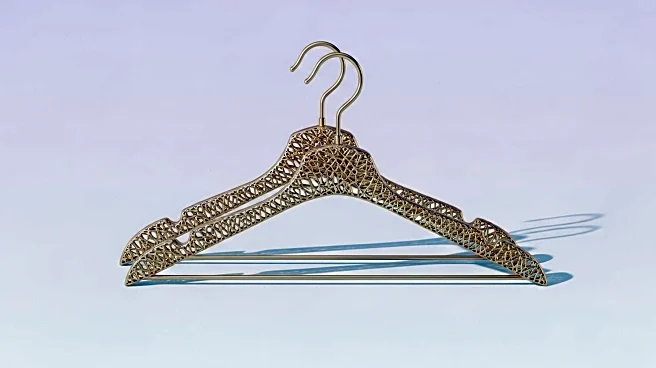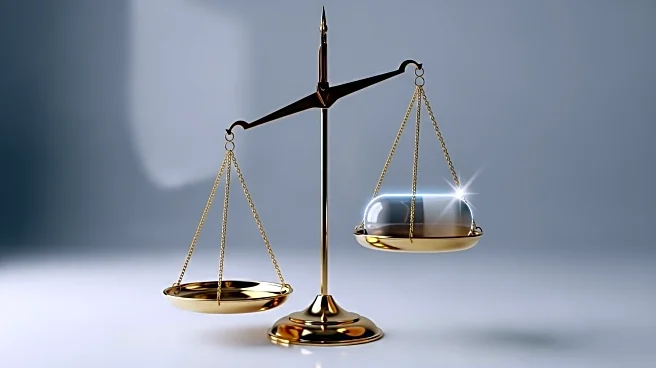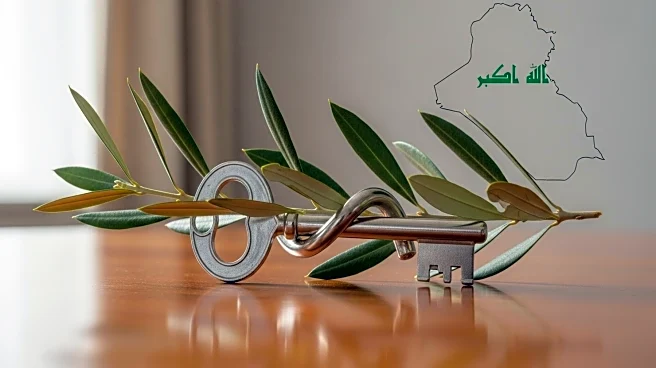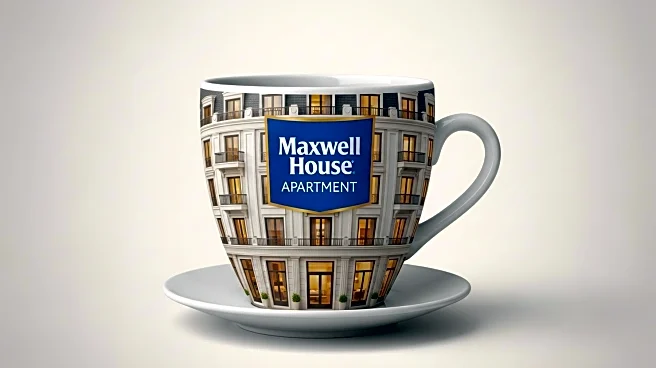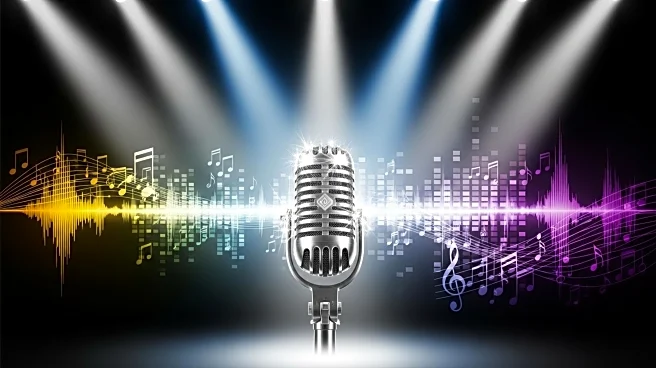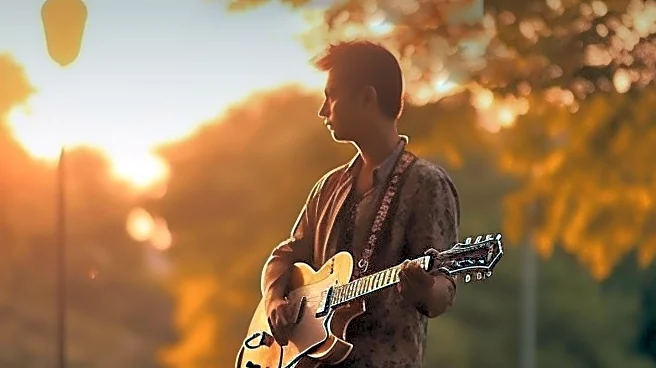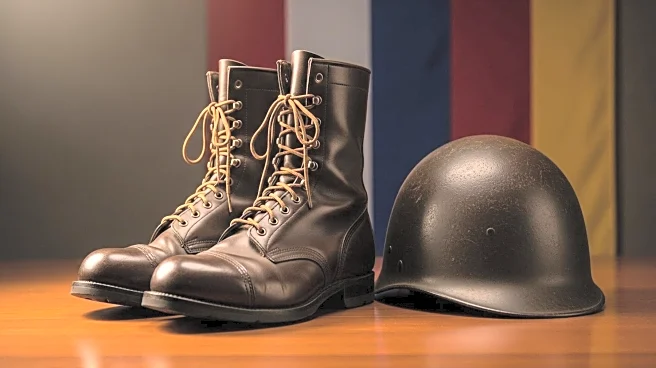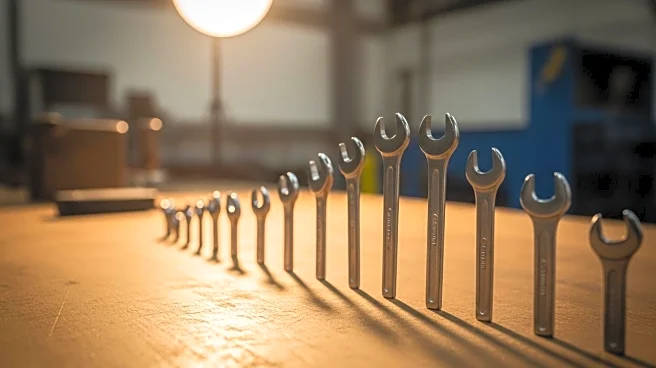What's Happening?
The traditional piano, once a staple in American homes, is seeing a decline in sales, with only 17,294 units sold in 2024 compared to 306,584 in 1925. This trend is attributed to various factors, including economic challenges and cultural shifts towards digital entertainment. However, digital pianos are gaining traction as a more affordable and space-efficient alternative. Piano technician Hannah Beckett notes that while fewer people are purchasing acoustic pianos, digital pianos offer accurate sound and playability, making them appealing to new learners. Chris Syllaba of Jordan Kitt's Music confirms the growing preference for digital and hybrid pianos.
Why It's Important?
The shift towards digital pianos reflects broader changes in consumer behavior and technological adoption. As younger generations face economic constraints, digital pianos provide a viable option for those interested in music without the high cost and space requirements of traditional pianos. This trend could lead to a resurgence in piano playing, as digital instruments make music education more accessible. The music industry may need to adapt by offering more digital options and resources to cater to this evolving market.
Beyond the Headlines
The rise of digital pianos also raises questions about the preservation of traditional music skills and the cultural significance of acoustic instruments. While digital pianos offer convenience, they may lack the nuanced sound and tactile experience of acoustic pianos. This shift could influence how music is taught and appreciated, potentially leading to new forms of musical expression and innovation.

